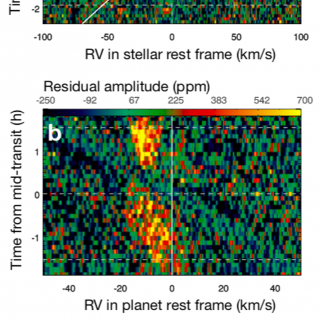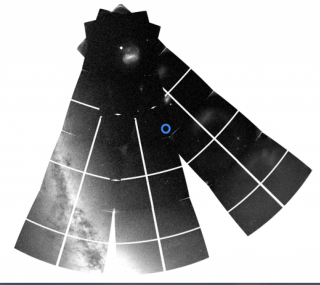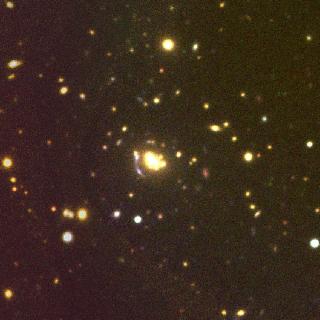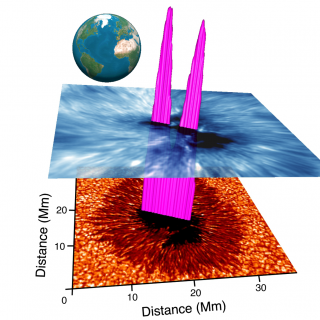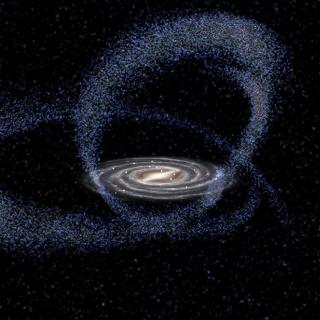
Thanks to data from the Gaia mission, of the European Space Agency (ESA), and international team led by researchers from the Instituto de Astrofísica de Canarias (IAC) has presented a study which shows the crucial role of the Sagittarius Dwarf Galaxy in the evolution of our galaxy. These results, published in the magazine Nature Astronomy, also hint that the Sun might have been formed due to one of the interactions of this nearby galaxy with the Milky Way.
